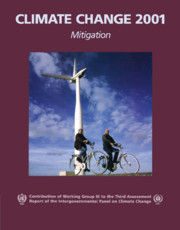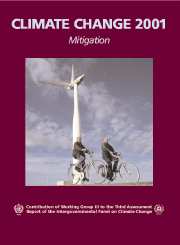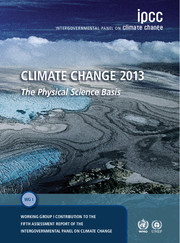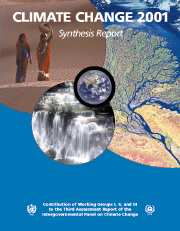Avoiding Dangerous Climate Change
The impacts of climate change are already being observed in a variety of sectors and there is greater clarity that these changes are being caused by human activities, mainly through release of greenhouse gases. In 2005 the UK Government hosted the Avoiding Dangerous Climate Change conference to take an in-depth look at the scientific issues associated with climate change. This volume presents findings from the leading international scientists that attended the conference. The topics addressed include critical thresholds and key vulnerabilities of the climate system, impacts on human and natural systems, socioeconomic costs and benefits of emissions pathways, and technological options for meeting different stabilisation levels of greenhouse gases in the atmosphere. The volume provides invaluable information for researchers in environmental science, climatology, and atmospheric chemistry, policy-makers in governments and environmental organizations, and scientists and engineers in industry.
- Presents the most recent findings from the leading international scientists
- Foreword from Prime Minister Tony Blair; Introduction from Rajendra Pachauri, Chairman of the IPCC
- Illustrated with colour figures throughout
Reviews & endorsements
""This book presents the most recent findings from the leading international scientists that attended the conference. Topics include critical thresholds and key vulnerabilities of the climate system, impacts on human and natural systems, socioeconomic costs and benefits of emissions pathways, and technological options for meeting different stabilization levels of greenhouse gases in the atmosphere."
Natural Hazards Observer
Product details
March 2006Hardback
9780521864718
408 pages
279 × 216 × 24 mm
1.23kg
110 b/w illus. 50 colour illus. 25 tables
Available
Table of Contents
- Part I. Key Vulnerabilities of the Climate System and Critical Thresholds
- Part II. General Perspectives on Dangerous Impacts
- Part III. Key Vulnerabilities for Ecosystems and Biodiversity
- Part IV. Socio-Economic Effects
- Part V. Regional Perspectives
- Part VI. Emission Pathways
- Part VII. Technological Options.








